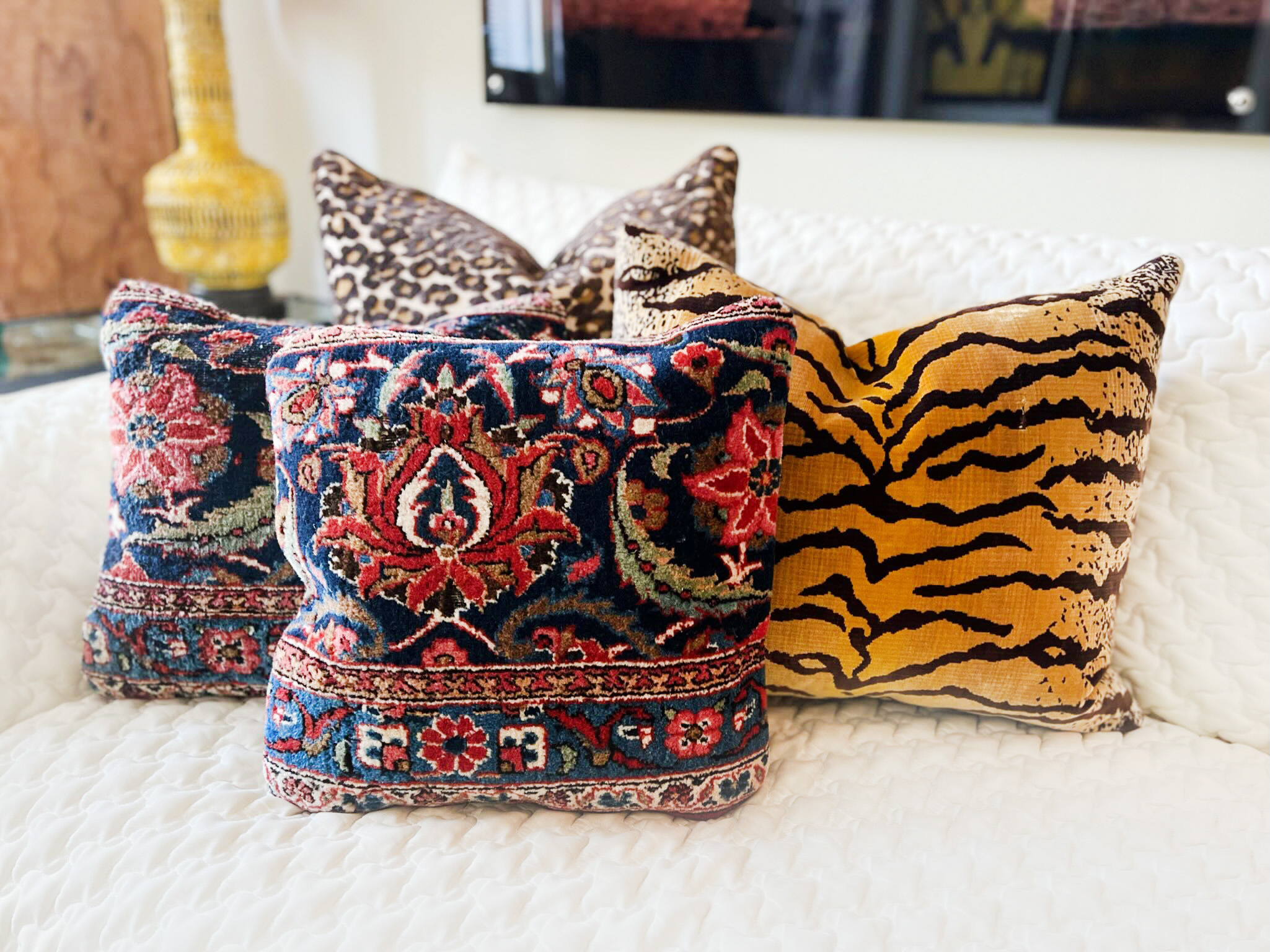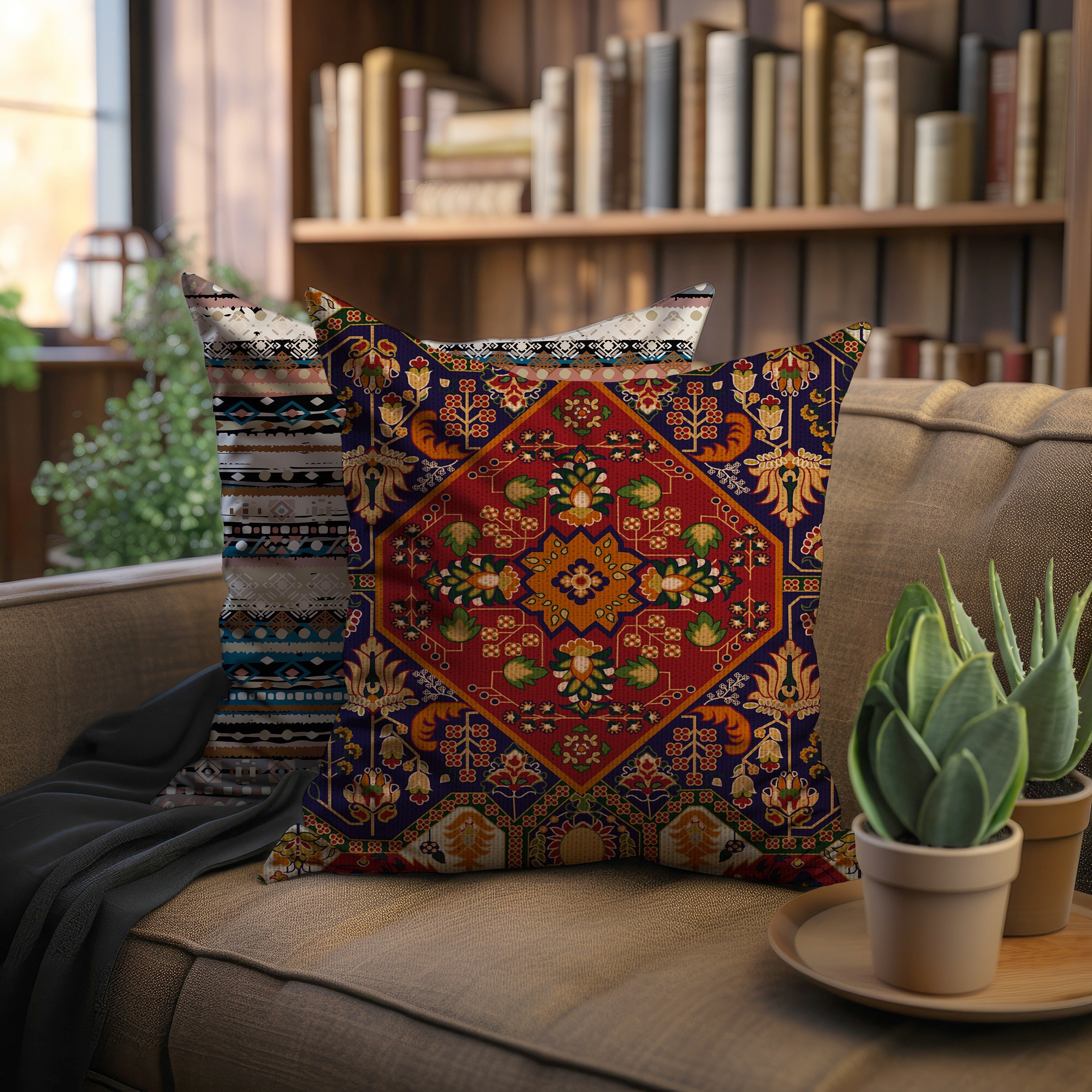Decorating your home is one of the most fulfilling experiences you can have, and incorporating Persian decorative pillows is a brilliant way to elevate your space. With their intricate patterns, vibrant colors, and rich history, these pillows not only add beauty but also a sense of warmth and comfort to any room. In this article, we will explore everything you need to know about Persian decorative pillows, from their origins to contemporary uses and care tips.
Table of Contents
- The History of Persian Decorative Pillows
- Different Styles of Persian Decorative Pillows
- Materials Used in Persian Pillows
- Tips for Decorating with Persian Decorative Pillows
- Pros and Cons of Persian Decorative Pillows
- Caring for Your Persian Decorative Pillows
- Frequently Asked Questions
The History of Persian Decorative Pillows

The roots of Persian decorative pillows can be traced back thousands of years to the artistry and craftsmanship of Iran. Originally used for practical purposes, these pillows became a canvas for artisans to showcase their skills in weaving and embroidery.
Ancient Origins
During the ancient Persian Empire, textiles were highly valued. Persian artisans developed intricate patterns in their fabrics, often inspired by nature, mythology, and religion. Decorative pillows became a staple in royal palaces, reflecting the luxury and sophistication of the time.

The Evolution of Design
As trade routes expanded, the influence of Persian design spread throughout the world. This exchange allowed for a fusion of styles, leading to the diverse array of decorative pillows available today. Each piece tells a story, connecting the past with the present.
Different Styles of Persian Decorative Pillows

When it comes to Persian decorative pillows, the variety is astounding. Each style adds a unique touch to your decor. Here are some popular styles you’ll find:
1. Kilim Pillows
Kilim pillows are made from flat-woven rugs that feature bold geometric patterns. They are known for their durability and vibrant colors, making them a popular choice for both traditional and modern spaces.

2. Tabriz Pillows
Tabriz pillows are renowned for their intricate floral designs and are often made of silk or high-quality wool. These pillows are perfect for adding a touch of elegance and sophistication to your living room.
3. Keshan Pillows
With their rich colors and detailed patterns, Keshan pillows convey a sense of luxury. Often featuring motifs like peacocks and flowers, they are ideal for traditional decor settings.

4. Persian Embroidered Pillows
These pillows showcase exceptional embroidery techniques, often incorporating gold threads and mirror work. They are mainly used in festive settings and add a unique charm to any space.
Comparison Table of Persian Pillow Styles
| Style | Material | Pattern | Best For |
|---|---|---|---|
| Kilim | Wool | Geometric | Casual Spaces |
| Tabriz | Silk/Wool | Floral | Formal Sitting Areas |
| Keshan | Wool | Complex Motifs | Traditional Homes |
| Embroidered | Various | Rich Embroidery | Festive Occasions |

Materials Used in Persian Pillows
The materials used in Persian decorative pillows greatly contribute to their beauty and longevity. Let’s explore the most common materials:
1. Wool
Wool is a popular choice due to its durability and warmth. It’s often used in kilim and Keshan pillows, offering a rustic charm.
2. Silk
Silk gives pillows a luxurious feel and shine. Tabriz pillows made from silk are particularly prized for their softness and elegance.
3. Cotton
Cotton is a versatile material often used for the backing of decorative pillows, providing a soft touch and ease of maintenance.
4. Synthetic Fibers
Some modern pillows are made from synthetic fibers, which can mimic the look of traditional materials while offering easy care and durability.
Tips for Decorating with Persian Decorative Pillows
Incorporating Persian decorative pillows into your home decor can be both fun and rewarding. Here are some tips to help you make the most of them:
1. Mix and Match
Don’t be afraid to mix different styles and patterns. Combining kilim with Tabriz pillows can create a stunning visual impact.
2. Consider Color Schemes
Choose pillows that complement your existing color scheme. Persian pillows often come in vibrant colors, so look for hues that balance with your furnishings.
3. Layering
Layering pillows of various sizes adds depth and comfort to your seating areas. Use larger pillows at the back and smaller ones at the front for an attractive arrangement.
4. Seasonal Decor
Switch out your pillows seasonally to refresh your space. Lighter colors for spring and summer, and richer tones for fall and winter can make a big difference.
Pros and Cons of Persian Decorative Pillows
Like any decor item, Persian decorative pillows come with their own set of advantages and disadvantages. Understanding these can help you make an informed decision.
Pros
- Durability: Made from high-quality materials, Persian pillows last for years with proper care.
- Unique Artistry: Each pillow often tells a story with its unique design and craftsmanship.
- Versatile Decor: Suitable for a variety of decor styles, from traditional to modern.
- Comfort: They provide excellent comfort and support when used on sofas or beds.
Cons
- Cost: Authentic Persian pillows can be expensive due to their craftsmanship.
- Maintenance: Some materials, like silk, may require special care to maintain their beauty.
- Authenticity: With many replicas on the market, finding genuine Persian pillows can be challenging.
Caring for Your Persian Decorative Pillows
To ensure your Persian decorative pillows remain as stunning as the day you bought them, proper care is essential. Here are some cleaning and maintenance tips:
1. Regular Cleaning
Shake out your pillows regularly to keep them dust-free. If they have removable covers, consider washing them according to the manufacturer’s instructions.
2. Spot Cleaning
For stains, use a mild detergent diluted in water. Always test on a small area first, and avoid harsh chemicals that can damage the fabric.
3. Avoid Direct Sunlight
Keep your pillows out of direct sunlight to prevent colors from fading over time. This is particularly important for silk and brightly colored fabrics.
4. Storage
If you’re not using your pillows seasonally, store them in a cool, dry place, preferably in a breathable fabric bag to protect against dust.
Frequently Asked Questions
1. Are Persian decorative pillows suitable for outdoor use?
While some Persian pillows are made from durable materials that can withstand light outdoor use, it’s best to use them indoors to preserve their beauty.
2. How do I know if a Persian pillow is authentic?
Look for certificates of authenticity and check the craftsmanship quality. Authentic Persian pillows will have intricate details and high-quality materials.
3. Can I mix Persian pillows with other decorative styles?
Absolutely! Persian pillows can enhance various decor styles. They complement both traditional and contemporary designs beautifully.
4. What is the best way to display Persian decorative pillows?
Arrange them on your sofas, beds, or even as floor cushions to create inviting seating areas. Layering and mixing different styles can add a unique touch.
5. How often should I clean my Persian pillows?
It’s advisable to clean your pillows every few months, or more frequently if they’re used often. Always follow care instructions specific to the fabric.
Conclusion
Persian decorative pillows are more than just stylish accents; they are a blend of art, culture, and history that can transform your home into a sophisticated sanctuary. Whether you choose to display kilim, Tabriz, Keshan, or embroidered pillows, each piece tells a story that enhances your living space. With the right care, these beautiful items can last for generations, making them a worthy investment for any home. Happy decorating!